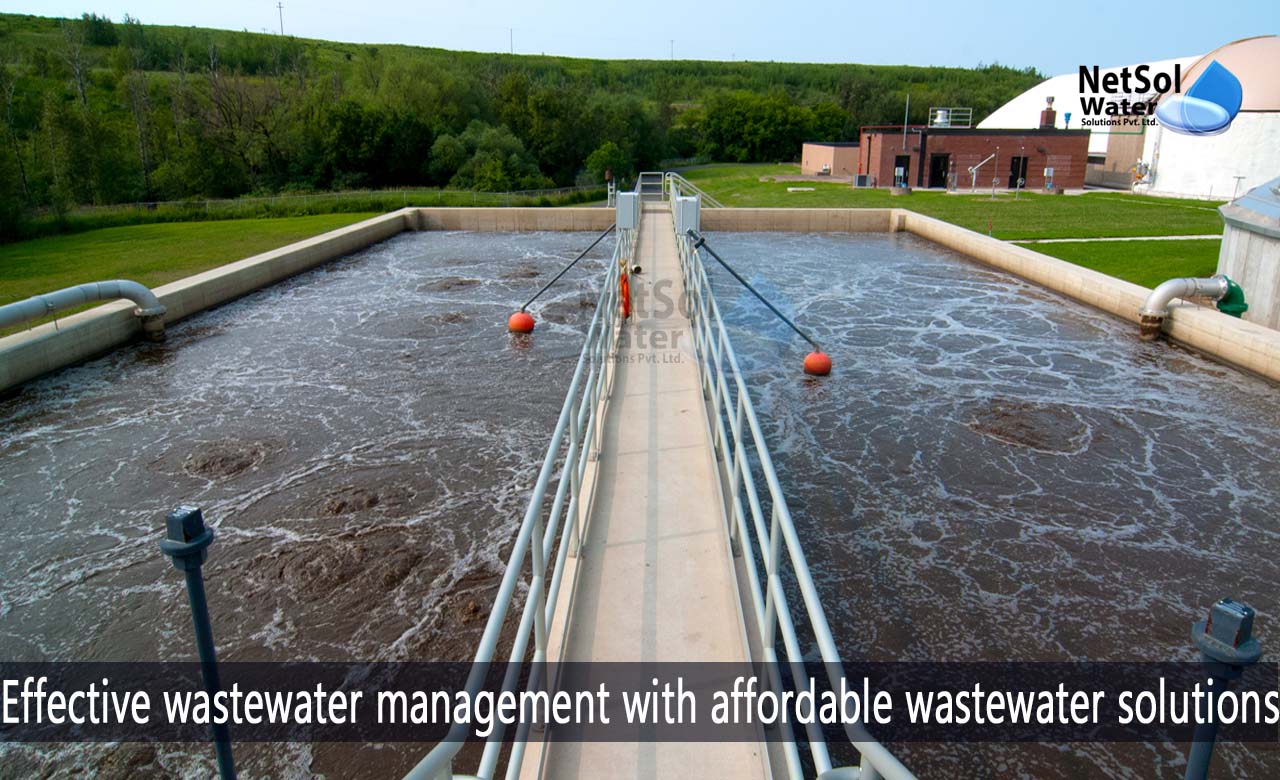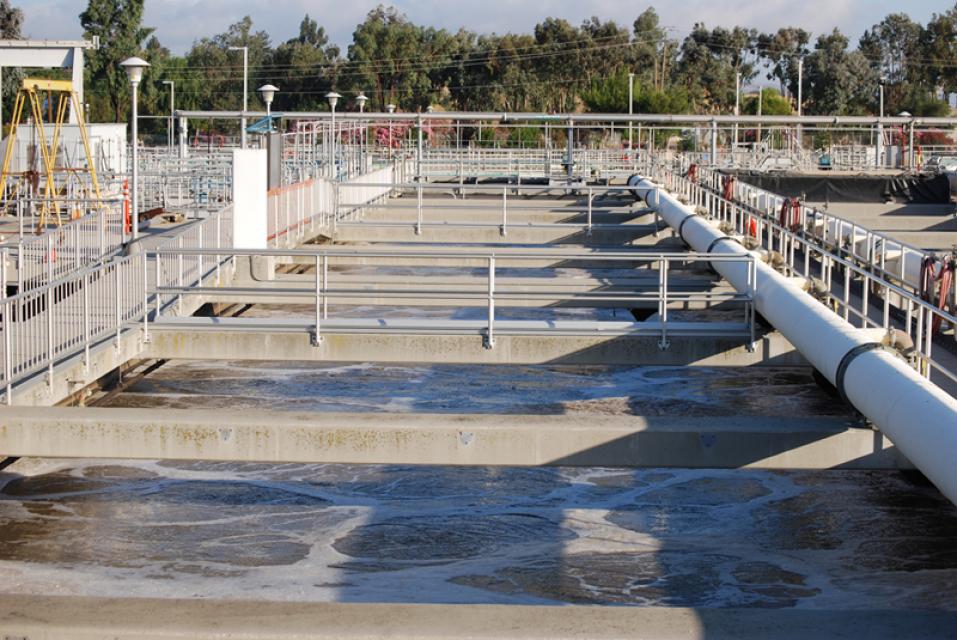Recognizing Wastewater Therapy Processes and Their Ecological Effect
The intricacies of wastewater therapy processes play a pivotal role in mitigating ecological obstacles associated with water contamination. Each phase, from initial to innovative therapies, is created to address particular pollutants, eventually protecting both public health and aquatic environments.
Summary of Wastewater Therapy
How is wastewater transformed into a safe resource for the atmosphere? Wastewater therapy is a critical procedure designed to remove pollutants from made use of water, therefore protecting public health and wellness and safeguarding environments. This procedure starts with the collection of wastewater from household, commercial, and business sources, which is after that routed to therapy centers.
At these centers, different physical, chemical, and organic techniques are used to deal with the wastewater. Subsequently, biological therapies, such as turned on sludge procedures, utilize microbes to damage down organic issue.
The dealt with effluent can be securely discharged into all-natural water bodies or reused for watering and industrial functions, promoting source preservation. Furthermore, the therapy process produces biosolids, which can be repurposed as plant foods or soil amendments, additionally enhancing sustainability.
Phases of Therapy Procedures
The wastewater treatment process usually is composed of 3 primary stages: initial, main, and secondary therapy. Each phase offers an unique role in reducing the toxin tons and making certain the effluent meets ecological standards before discharge.

The main therapy stage concentrates on the physical splitting up of put on hold solids from the wastewater. With sedimentation, heavier bits settle at the end of sedimentation containers, forming sludge, while lighter products, such as oils and greases, float to the surface area and are skimmed. This process significantly lowers the organic and not natural lots in the wastewater.
Second therapy is an organic process aimed at more reducing the concentration of raw material. Different methods, consisting of turned on sludge systems and trickling filters, make use of bacteria to metabolize natural contaminants. This phase is vital for achieving the required biochemical oxygen need (BOD) decrease, eventually resulting in cleaner effluent all set for discharge or more therapy. Each phase is essential in securing environmental and public health.

Advanced Therapy Technologies
Following the additional therapy procedures, progressed treatment innovations play a vital role in more improving the top click reference quality of treated wastewater. These modern technologies are developed to get rid of residual contaminants that are not efficiently gotten rid of during main and additional treatments, ensuring the effluent satisfies rigorous governing requirements.
Amongst the extensively utilized sophisticated therapy techniques are membrane layer purification, reverse osmosis, and progressed oxidation processes. Membrane purification, including microfiltration and ultrafiltration, works in dividing fine particles, pathogens, and colloids from the water (Wastewater). Reverse osmosis uses semi-permeable membranes to get rid of dissolved solids, causing high-quality water appropriate for various applications
Advanced oxidation procedures (AOPs) employ strong oxidants to degrade organic toxins, including drugs and personal treatment products that are immune to traditional therapy. These methods enhance the biodegradability of complex compounds, facilitating their elimination.
Another substantial technology is using organic nutrient elimination procedures, which specifically target nitrogen and phosphorus, protecting against eutrophication in obtaining water bodies. On the whole, sophisticated therapy technologies are important for attaining higher levels of purification, advertising water reuse, and securing public health while addressing the obstacles connected with wastewater management.
Environmental Benefits of Treatment
Countless ecological advantages occur from effective wastewater therapy procedures that contribute to ecosystem health and sustainability. Primarily, these processes significantly decrease the release of unsafe contaminants into natural water bodies, which aids keep water ecosystems. By removing impurities such as heavy steels, nutrients, and pathogens, dealt with wastewater minimizes the risk of waterborne illness and promotes biodiversity in marine settings.
Furthermore, wastewater therapy facilities typically use advanced technologies that make it possible for water recycling and reuse. This practice not only preserves freshwater resources however additionally decreases the need on all-natural water supplies. Improved nutrient elimination from wastewater can also prevent eutrophication, a process that brings about algal blooms and subsequent oxygen exhaustion in site link aquatic systems.
In addition, effective therapy procedures can lessen greenhouse gas exhausts, specifically methane visit this site right here and nitrous oxide, which are often launched throughout untreated wastewater disintegration. By capturing and using biogas from anaerobic digesters, facilities can transform waste into renewable resource, thereby adding to a decrease in fossil fuel reliance.
Challenges and Future Patterns
While the environmental advantages of wastewater therapy are clear, numerous challenges linger that hinder optimum outcomes in this field. One major issue is aging infrastructure, which typically leads to inadequacies and raised functional prices - Wastewater. Numerous treatment plants were designed years earlier, and their capabilities do not straighten with modern needs, which include stricter regulatory requirements and higher volumes of wastewater due to urbanization

Looking in advance, there is a growing emphasis on resource healing and circular economy principles within wastewater treatment. Technologies such as anaerobic food digestion, which can create biogas, and progressed filtering technologies are obtaining grip. These approaches not just enhance therapy performance but also advertise sustainability.
Inevitably, resolving these challenges requires cooperation among stakeholders, financial investment in innovation, and a commitment to ongoing study. By accepting these fads, the wastewater therapy field can develop to meet the demands of a transforming environment and society.
Verdict
In conclusion, wastewater therapy procedures play a vital function in boosting ecological quality and public wellness. The multi-stage therapy framework, combined with advanced innovations, successfully minimizes pollution and promotes sustainable water administration.